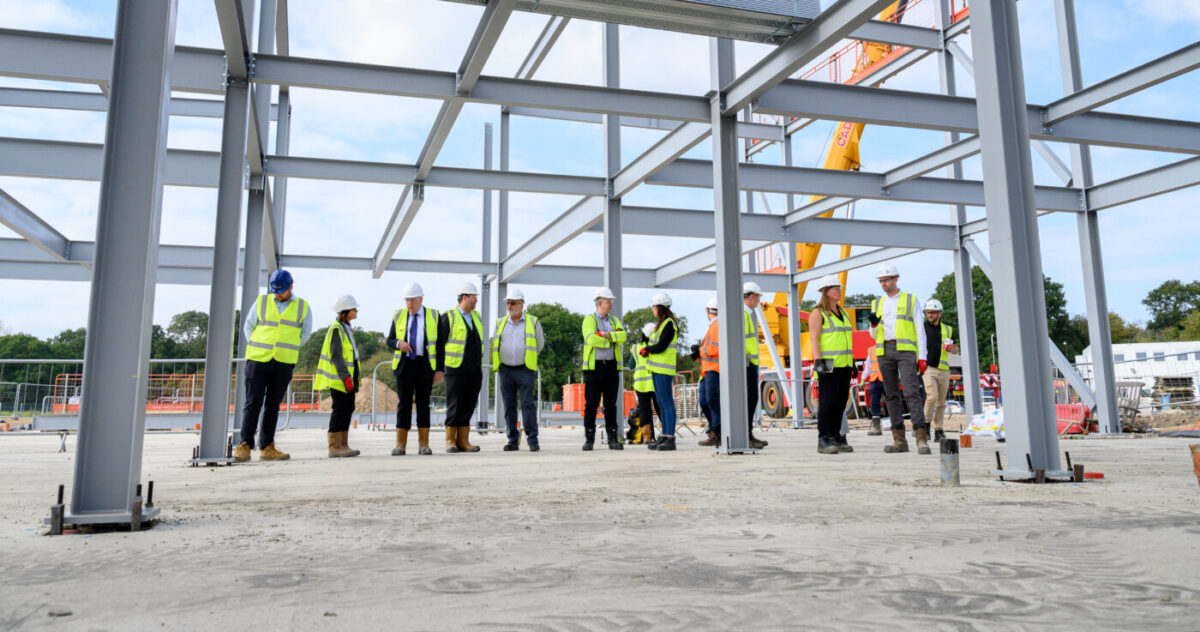The aim of our 10-Tonne Carbon Challenge is to reduce the carbon footprint of each and every project by at least 10 tonnes.
We also align our supply chain with our carbon- and energy-reduction goals, upskilling them through focused events to educate and involve them in the carbon-reduction process – this means they are more likely to come to us with ideas and products which can help save the client on costs.
As part of this challenge we’ve also developed a carbon and energy toolkit to support and enable our teams to respond to clients’ low-carbon aspirations and reduce the carbon impact of our own operations and the assets we deliver. Our goal is to be at Net Zero for carbon by 2030, meaning we need to reduce our carbon footprint by 10% every year.
Overall, we have saved 206.7 tonnes of carbon so far, which is equivalent to ¾ of a hectare (7,500m2) of woodland growing for 30 years. Some of the key innovations we did to achieve these were:
- Using GGBS mix for the in situ concrete piles saving 69 tonnes of carbon
- 39% of the steel frame came from Electric Arc Furnaces (EAF) saving 74 tonnes of carbon
- Introducing the use of a cabin pump to dispose of foul drainage from welfare cabins, saving 11 tonnes
Three Winning Facts:
- Using our CarboniCa software to measure carbon and find opportunities to reduce it throughout the project
- Diesel-free site, saving 19,300 kgCO2e
- Using GGBS mix concrete in the piling and steel made from electric arc furnaces to save 143 tonnes of carbon


